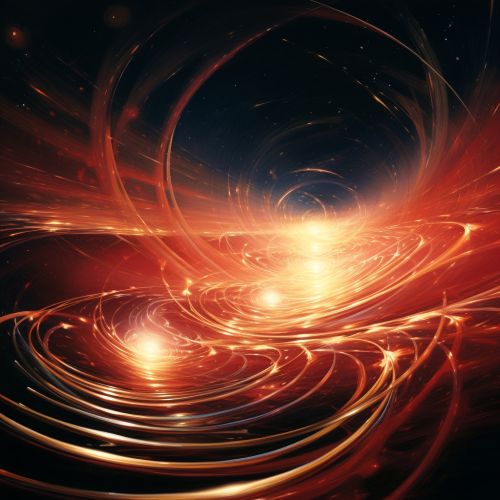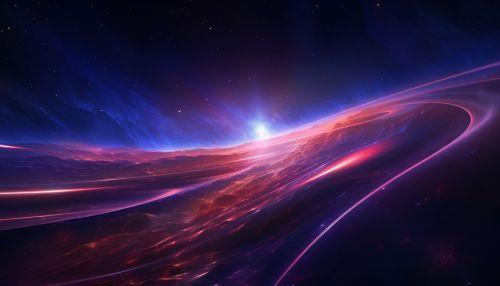Cosmological Redshift
Introduction
Cosmological redshift is a phenomenon that occurs in the universe due to the expansion of space. This expansion causes light waves to stretch, or "redshift", as they travel through space. The term "redshift" comes from the fact that under the Doppler Effect, light shifts towards the red end of the spectrum when it is stretched.


Understanding Redshift
The concept of redshift comes from the field of spectroscopy, which is the study of the interaction between matter and electromagnetic radiation. When light from an object is analyzed with a spectrometer, a unique pattern of lines, known as a spectral line, is produced. These lines correspond to different wavelengths of light, and their position can be shifted towards the red end of the spectrum – hence the term "redshift".
Cosmological Redshift
Cosmological redshift is a specific type of redshift that is a key piece of evidence for the Big Bang theory. According to this theory, the universe began as a hot, dense point approximately 13.8 billion years ago. Since then, it has been expanding, and the space between galaxies has been increasing. This expansion of space causes the light from distant galaxies to redshift as it travels towards us, which is observed as a shift in the spectral lines towards the red end of the spectrum.
Measurement and Interpretation
The measurement of cosmological redshift is a fundamental aspect of observational cosmology. The redshift of a galaxy is typically measured using its spectral lines. The difference in position of these lines from where they would be in a non-moving galaxy gives the redshift, usually denoted by the symbol 'z'. The greater the redshift, the further away the galaxy is, and the faster it is moving away from us.
Implications of Cosmological Redshift
The implications of cosmological redshift are profound. It provides evidence for the Big Bang theory and the expansion of the universe. It also allows astronomers to calculate the age of the universe, the rate of its expansion, and the distance to far-off galaxies. Furthermore, it has led to the discovery of dark energy, a mysterious force that is causing the expansion of the universe to accelerate.
